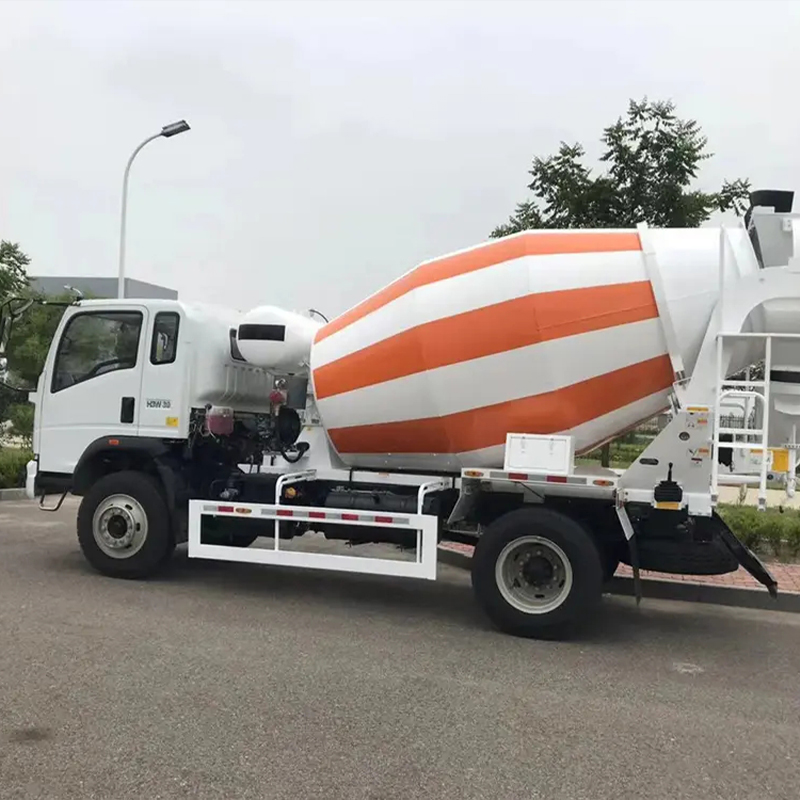This guide provides a comprehensive overview of brand stabilized soil mixing stations, covering their applications, benefits, key features, and considerations for selection. We’ll explore different types of stations, delve into the technology behind them, and discuss factors to consider when choosing a system for your specific project needs. Learn how these stations contribute to efficient and effective soil stabilization for various construction and infrastructure projects.
Understanding Brand Stabilized Soil Mixing
What is Brand Stabilized Soil Mixing?
Brand stabilized soil mixing is a soil improvement technique that enhances the engineering properties of soil by incorporating a binding agent, typically cement, lime, or other stabilizing materials. This process significantly improves the soil’s strength, durability, and bearing capacity, making it suitable for various construction applications. A brand stabilized soil mixing station is the central equipment used to perform this process effectively and efficiently. The process involves mixing the soil with the binding agent in a controlled manner, typically in-situ, to create a stabilized soil mass. This method is frequently chosen for its cost-effectiveness and environmental friendliness compared to other ground improvement techniques.
Types of Brand Stabilized Soil Mixing Stations
Different types of brand stabilized soil mixing stations cater to various project scales and requirements. These include mobile units suitable for smaller projects and larger, stationary installations for large-scale infrastructure development. The choice depends on factors such as project size, soil conditions, and budget. Some stations are designed for specific binding agents, while others offer versatility to accommodate various materials.
Key Features and Benefits of Brand Stabilized Soil Mixing Stations
Enhanced Soil Properties
Using a brand stabilized soil mixing station leads to several improvements in soil properties. These include increased shear strength, improved bearing capacity, reduced permeability, and enhanced resistance to erosion. These improvements translate into a more stable foundation for construction projects, leading to increased longevity and reduced maintenance costs.
Cost-Effectiveness and Efficiency
Brand stabilized soil mixing stations often offer a cost-effective solution compared to methods like importing better-quality fill material. The in-situ stabilization process minimizes excavation and disposal costs, contributing to a more environmentally sustainable approach. The efficient mixing process also saves time, reducing overall project timelines.
Environmental Benefits
By using existing soil and minimizing the need for imported materials, brand stabilized soil mixing stations contribute to reduced carbon footprint and waste generation. This environmentally friendly approach aligns with sustainable construction practices and helps meet increasingly stringent environmental regulations.

Factors to Consider When Choosing a Brand Stabilized Soil Mixing Station
Project Scale and Soil Conditions
The size and type of brand stabilized soil mixing station should align with the project’s scale and the specific properties of the soil being treated. Detailed soil testing is crucial to determine the optimal mixing technique and the required binding agent type and quantity. This ensures the station’s capacity and features meet the project demands.
Budget and Maintenance
Budgetary constraints play a vital role in the selection process. The initial investment cost, operating costs, and maintenance requirements should be carefully evaluated. Some brand stabilized soil mixing stations require more regular maintenance compared to others. Long-term cost analysis is crucial to ensure long-term viability.

Case Studies and Examples
Example 1: Highway Construction
In a recent highway construction project, a large-scale brand stabilized soil mixing station was employed to stabilize the subgrade soil. This significantly improved the load-bearing capacity of the foundation, ensuring the long-term stability of the highway pavement. The efficient mixing process shortened the construction timeline and minimized environmental impact.
Example 2: Foundation Stabilization
A smaller, mobile brand stabilized soil mixing station was successfully used to stabilize the foundation soil for a residential building project. The project utilized lime as a stabilizing agent, improving soil strength and reducing settlement issues. The in-situ stabilization eliminated the need for extensive excavation and replacement of soil.
Conclusion
Brand stabilized soil mixing stations provide efficient and sustainable solutions for soil improvement in various construction projects. By understanding the key features, benefits, and selection criteria, project managers can choose the optimal system to enhance soil properties, improve cost-effectiveness, and minimize environmental impact. Remember to thoroughly assess project requirements, soil conditions, and budget constraints before making a decision. For more information on high-quality brand stabilized soil mixing stations, visit Zibo jixiang Machinery Co.,Ltd. They offer a range of solutions to meet your specific needs.
table { width: 700px; margin: 20px auto; border-collapse: collapse;}th, td { border: 1px solid #ddd; padding: 8px; text-align: left;}th { background-color: #f2f2f2;}
Post time: 2025-09-19
